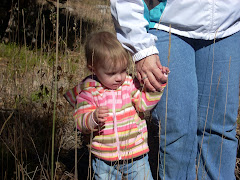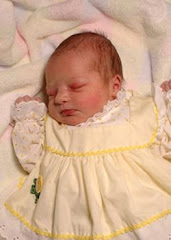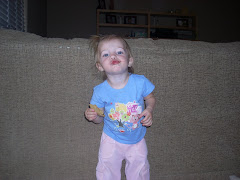What Kind of Help Will My Child Need?
Children with CAS will need to begin speech therapy with a speech-language pathologist (SLP). Exactly how often the child should have speech therapy will vary according to the individual needs of each child. Children with CAS who have severely unclear or little speech and are more severely affected will require more therapy than those who have milder apraxia. Typically, experienced SLP’s will suggest that a child with moderate to severe apraxia of speech have 3 – 5 times a week of individual speech therapy. Other considerations may have to do with the extent to which the child will practice at home with their parents or caregivers; how much the child can individually tolerate; how frequently the parents can bring their child to speech therapy, etc.
As a child begins to make progress in their ability to produce speech that is understood by others, the amount and frequency of therapy can be adjusted accordingly. Another consideration will be the extent to which other speech and language issues are present in addition to the apraxia of speech.
Speech therapy for a child in which motor planning and programming (CAS) is felt to be the major contributor to the speech problem will involve a number of “key” principles. This is not to suggest that there is one method that is effective. There are a number of features of speech therapy that appear to be most successful to children with apraxia of speech. These features include:
principles of “motor learning” such as a high degree of practice and repetition, correction and feedback, slowed rate, and a focus on targeted motor placement and productions
Increased sensory input for control of the movement sequences and sensory cueing such as visual, tactile, and kinesthetic cueing; touch cueing; verbal cueing.
use of rhythm and melody
focus on speech sequences versus individual sounds
Many experienced speech-language pathologists use multiple methods and approaches rather than a "one approach fits all" notion, taking many of the methods mentioned above and using them based on the individual child's needs. There is no one "program" that is right for every child with apraxia of speech. Commercial products, programs, or kits can be tools for use in therapy by a SLP who understands the nature of apraxia and how to treat it. However, such programs alone are not the solution.
Children with apraxia of speech reportedly do not progress well in their actual speech production with therapy tailored for other articulation problems or with language stimulation approaches. Additionally, in young children the motor/sensory techniques and repetitions of words and target phrases should be woven into play activities that are highly motivational to them. What experienced therapists and families report is that children with apraxia need frequent one-on-one therapy and lots of repetition of sounds, sound sequences, and movement patterns in order to incorporate them and make them automatic.
In addition, many therapists recommend the use of sign language, picture books, and other means to augment speech in the child who is not clearly understood. This approach may be called "total communication." Having the child pair a vocal word attempt with a sign enhances the chance that the listener will be able to "catch" the communication (if the spoken word isn't understood, perhaps the sign will be). Having others understand the communication can offer the child motivation and the feeling of success in using their voice to communicate.
Many children with apraxia of speech, even at young ages, have some awareness of their difficulty. Providing successful communication experiences only encourages the child. Also, for children with apraxia of speech, signs can become important visual cues to help them know how to place their mouths, etc. in order to produce the desired word. When pairing of spoken word and sign is consistent, the child may come to associate the visual image of the sign with the placement of their articulators. In a few children, sign may not be appropriate. For example, for some children signing might be too distracting or their ability to consistently form a sign may be impaired.
Finally, it is important for parents and others to understand that many children will have other needs, above and beyond the speech practice mentioned above. Many children will also need to work on using language, such as how to put sentences together appropriately; use verb tenses; word endings, and so forth. Some children may have some degree of difficulty understanding language and that will need addressed in speech therapy in addition to the speech production practice that is needed for the apraxia part of their difficulty. Some children will need to learn conversational skills like turn taking, staying on topic, giving eye contact, and other “pragmatic” skills. All of these areas would require their own approaches and are above and beyond what is needed to improve speech production.
Other Professionals
If you have concerns about your child’s development in addition to their speech, other professionals may be called on to get involved in helping your child. For example, a developmental pediatrician can evaluate all aspects of your child’s development. A Developmental Pediatrician is a pediatrician with advanced training in neurodevelopmental disorders and “atypical” child development. This type of professional can help recommend and coordinate services that the child may need. A Pediatric Neurologist may be helpful if there are overall neurological concerns in addition to speech. Other professionals that can evaluate and treat other aspects of a child’s function, include occupational therapists, physical therapists, and developmental specialists.
-Apraxia-KIDS at http://www.apraxia-kids.org/











No comments:
Post a Comment